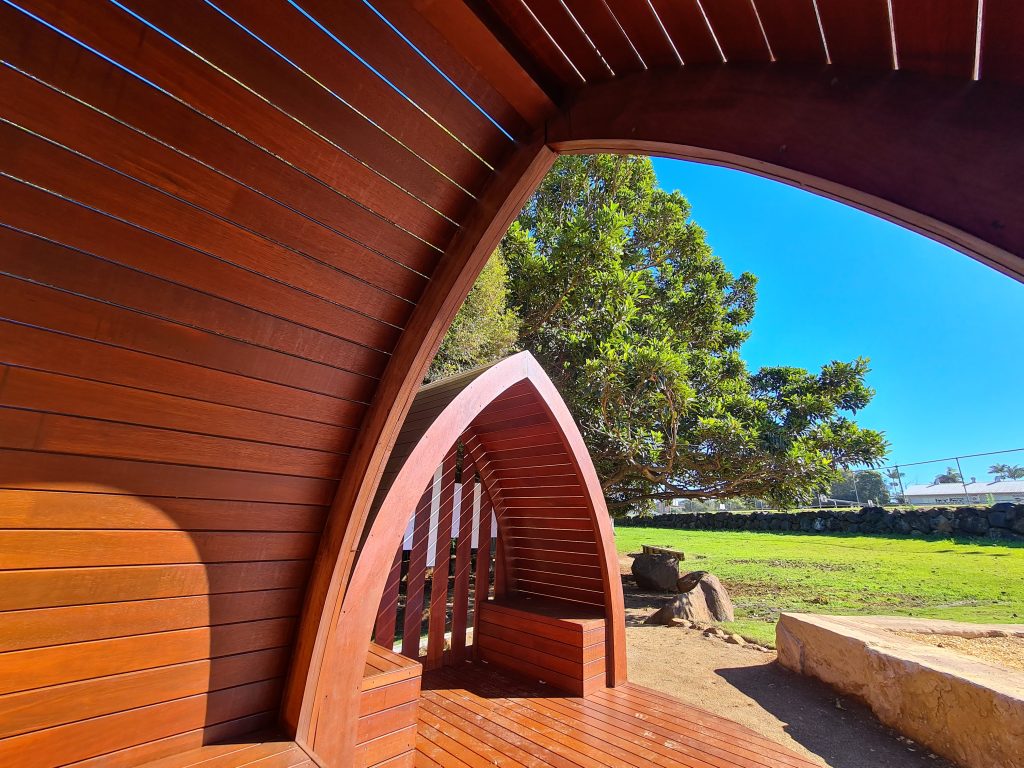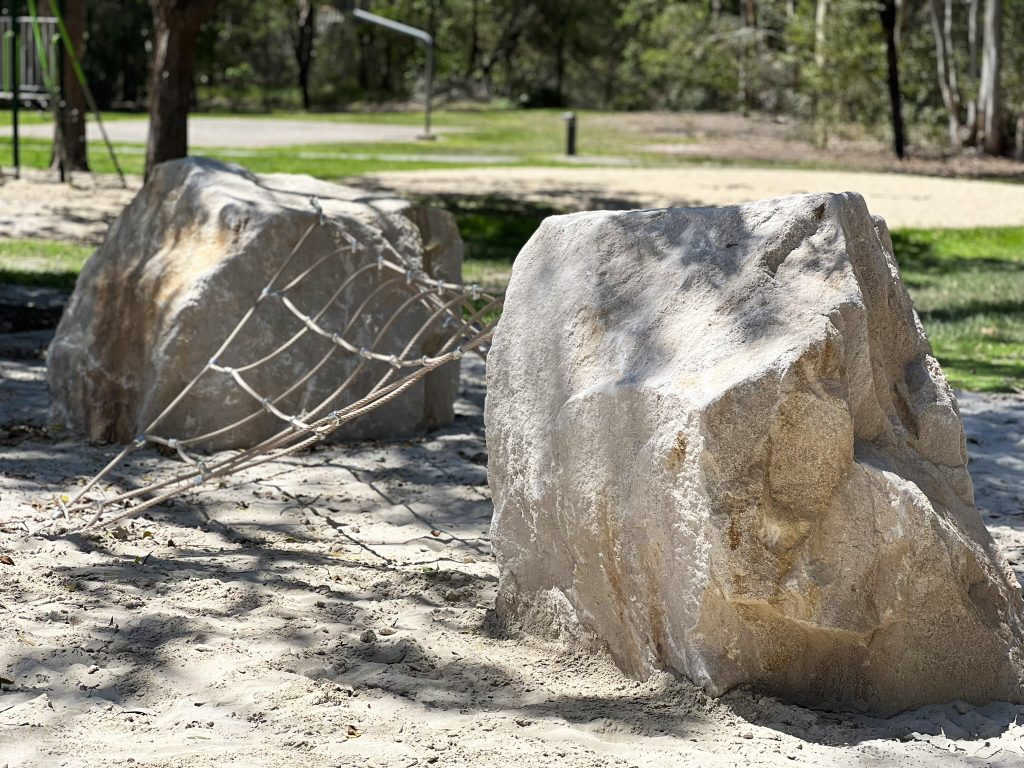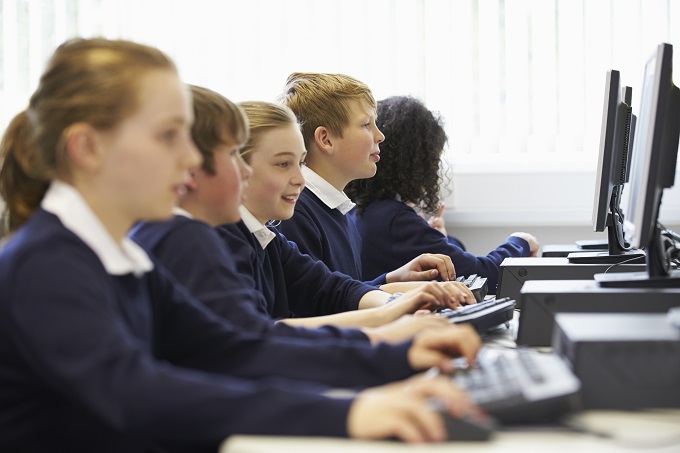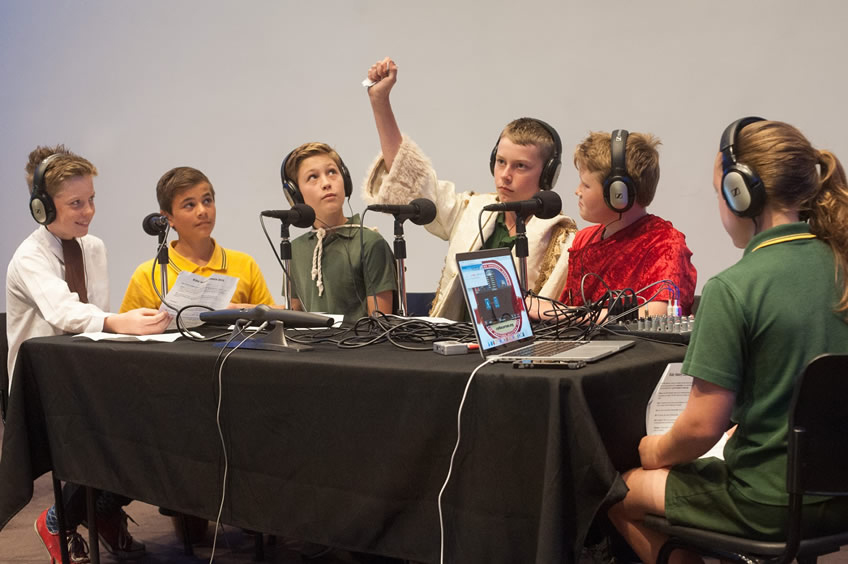
Throughout the years, new toys have come and gone, and different types of play and activities have been popular for children. As technology progresses, so too do the types of play children are exposed to. Toys have even become high-tech, with robotic and mechanical toys like Furby taking the market by storm. In the modern era, devices are the “toys” of choice, offering access to whole online worlds and new ways to connect with friends.
Read the latest edition of School News HERE
But one type of play that has stood the test of time is nature play. The outdoors is rich in different materials and opportunities to explore. Sticks are transformed into magic wands, or used as hut construction tools; they can be a shovel, a bat, or a walking stick. With nature play, children are only limited by their imagination.
Recently, nature play has come to the fore in studies as an important activity that should be encouraged in our young people, especially as technology begins to dominate most of our daily interactions. Children use technology as learning aides, and then they use more screentime to switch off – videos and movies and games are all sound entertainment after a busy day of thinking.
Playing outdoors has been shown to have a range of health and wellbeing benefits. Unstructured nature play can help students make new friends and interact with different people outside of their usual circle. The wideness of outdoor spaces encourages movement, exploration and curiosity. This in turn can help students test their physical limits, and explore safe risk-taking. Physical activity can help children develop strong muscles, bones and joints, develop and maintain a healthy heart and lungs, and move and balance with flexibility. There is even evidence that engaging in nature play can result in better emotional regulation and social skills among children.

Using natural materials and placing moveable items and loose parts within a play space is one of the easiest and most intuitive ways to create a space conductive to nature play. Playground providers can assist in designing spaces that suit site-specific features and honour the community. Wooden surfaces enable a sensory connection with natural materials for children, and can be sculpted into all manner of play structures like swings, climbing frames and sculptures.
The design of nature play spaces is also fully customisable to your school’s environment. Excess timber or existing nature structures like trees and boulders can be incorporated into a nature play space. Slopes don’t have to be a hindrance, rather the natural features can be highlighted and incorporated.
Nature and outdoor play have so many benefits, and with some additional care, it can be easy to encourage students to get back into nature. To find out more about the beneftis of nature play, and how to incorporate it into schools, we spoke to some industry experts.
Glenn Williams from Austek Play said that nature play is not just a pastime; it’s a philosophy that supports the benefits of unstructured, outdoor play. “It’s about letting children, and the young at heart, explore the natural world, fostering a deep connection with the environment while igniting a sense of wonder and curiosity. Think climbing trees, building forts, splashing in puddles, and feeling the earth beneath your feet – it’s about embracing the untamed beauty that surrounds us.

“Research shows that exposure to nature enhances cognitive function, boosts creativity, and improves concentration. From creating imaginary worlds among the trees to problem-solving through natural obstacles, students develop critical thinking skills while immersed in the wonders of the outdoors. Natural play spaces stimulate creativity as children engage with the environment in unstructured ways,” Mr Williams said.
“We believe that play is an essential part of every child’s educational and developmental journey. Every child deserves a space to play, explore, and connect. Natural playgrounds are inherently inclusive, offering a variety of sensory-rich experiences that cater to diverse needs and abilities. Accessible paths, sensory gardens, and nature-inspired activities ensure that every student, regardless of ability, can participate fully.
“Recycled locally sourced Australian timber integrates with surrounding landscapes, and is durable and aesthetically pleasing, while intelligent and deliberate use of 100 percent post consumer recycled (PCR) HDPE sheets and plastic timber profiles, provides an alternative option.”
Madelyn Smith from Timber Creations said the best elements for a nature playground get students to really engage with natural materials, with ideas including mini-cities and fairy gardens around existing trees and roots, self-build cubby structures with sticks, leaves and bark, and interactive loose-parts play, such as sorting bowls and mud-kitchens.

“The best materials for nature play are collected from the local area, so students can gather loose parts from around the school, as well as companies delivering locally sourced rock, leaves, wood and mulches that will suit the local ecosystem. This means there are no negative impacts for local wildlife, and the timbers are acclimatised to the weather, reducing excess cracking. The materials will eventually breakdown naturally, ensuring a positive environmental impact.”
Interesting natural terrain with slopes, trees or mounds provide greater scope to create exciting natural playspaces, though Ms Smith said fully flat grounds can still be made interesting. “Different levels can be added through building up with nature inspired structures, log and sandstone retaining walls with mulch, and adding some visual height with totem poles and sculptural elements,” Ms Smith said.
“Timber is the best material for playgrounds, as traditional carpentry methods can be used to create structures that will remain strong and structural, without the long-lasting environmental impact of plastics and metals, which can last hundreds of years in landfill.”







